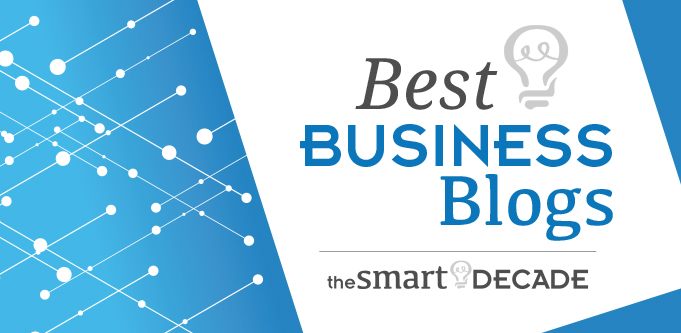Using organic to leverage paid media
We hate seeing money being left on the table by clients, so we are always looking for new money making opportunities. A miniscule extra outlay created fantastic returns for one eCommerce client and it’s all about utilising the power of two of Google’s most powerful ad products.
What I learned
- A tiny additional spend can make a big difference on Google Shopping
- A 10 to 1 return is expected from “known products”
- How Dynamic Search Ads helps automate the sales process
- How to analyse your mobile usability to optimise conversions
- See you at Pubcon in Vegas!!!
Transcript
Hey, welcome back, Rankers. How are you doing? We`re coming into spring here; well, nearly summer. Anyway, just a quick couple of announcements. I’m at Pubcon next week so come and say hello in Vegas if you`re there. I`m speaking at two sessions, and it should be a lot of fun. I wanted to talk to you a little bit today about making more money.
1 Cent Difference
We talk a lot about organic and conversions and these sorts of things, but I like to sometimes use tools from two different areas, if you like. Same manufacturer, same publisher, Google, but if you haven`t got this particular campaign. So we switched on Google Shopping for these, guys. No, we didn`t. We upped the bid by one cent. That`s right. We upped the bid by one cent for this Google shopping campaign, and it equated to 357% return or increase in revenue. So that cost them $1,600 to make $18,000 so good return, and you can see there the conversion rate`s right up as well.
So that`s great, right? Usually, with a shopping campaign we`ve said if you can get a 10 to 1 return on known products, so not things like, say, gift hampers, which would be unique or things like unique pieces of furniture that are hard for people to compare. So when you`ve got a product that is easy to compare, Google Shopping does it really well, and for our clients, we`re saying at least 10 to 1. So you can see that one`s a bit higher than that for Google Shopping.
Dynamic Search Ads
Google also has another great little ad product. If you`re not using it, you really should. It`s called Dynamic Search Ads, and the great thing about Dynamic Search Ads is that you don`t have to do a lot of work because Google takes the information for the ads from your product pages. So you`ve got to be set up right, and it`s got to be able to do that and all those sorts of things. But here`s an example of one that was set up, and if we just have a look at desktop. So we have a look at all, and what I`m saying is show me all devices so mobile, desktop, everything else.
So this is Dynamic Search Ads, and you can see here $1,600 has been spent, once again, for a $22,000 return, which is good, right? But then when you have a look at, say, just desktop, you can see we`ve $16,000 from desktop, right? We`ve only spent $781, so that`s that? A 2,000% return or something like that. So you`re saying $16,000 so hang on; you`ve spent $1,600. Where`s the rest of the money being spent? When you go and have a look at, say, mobile, you can see that while mobile`s not performing very well at all, it`s spent $583, and we`ve only earnt $32.95! That`s not a good result. So then you look at the amount of users that have gone through, and it`s over 2,000 users. So it`s a good sample size. It`s not a small sample size, right?
So then when we go back and have a look at, say, mobile usability, this is in Google Search Console, so we`re bringing the Google organic tool, if you like, to bear on your ads, and you can find some of this stuff out also in your Google Ad console. But what we`re looking at here is it says here clickable elements too close together, content wasn`t on the screen, and there`s a few other issues there as well. Now it says only six pages here, but I know for a fact that these pages are actually product pages. So if these pages are the product pages and there are six of them that have these problems, chances are there are a lot of the products that have this problem as well.
You can drill down further and have a look and see which product pages aren`t converting that the mobile users went on. But when you look at stuff like that, that gives you a nice, broad overview of maybe some major things that need to be fixed and really up the returns. So we spent $583. Maybe there`s an extra $5,000 there if we can fix these issues for mobile users. That`s it for this week`s show. Hope to see you next week at Pubcon, and thanks very much. See you then. Bye.

Jim’s been here for a while, you know who he is.


